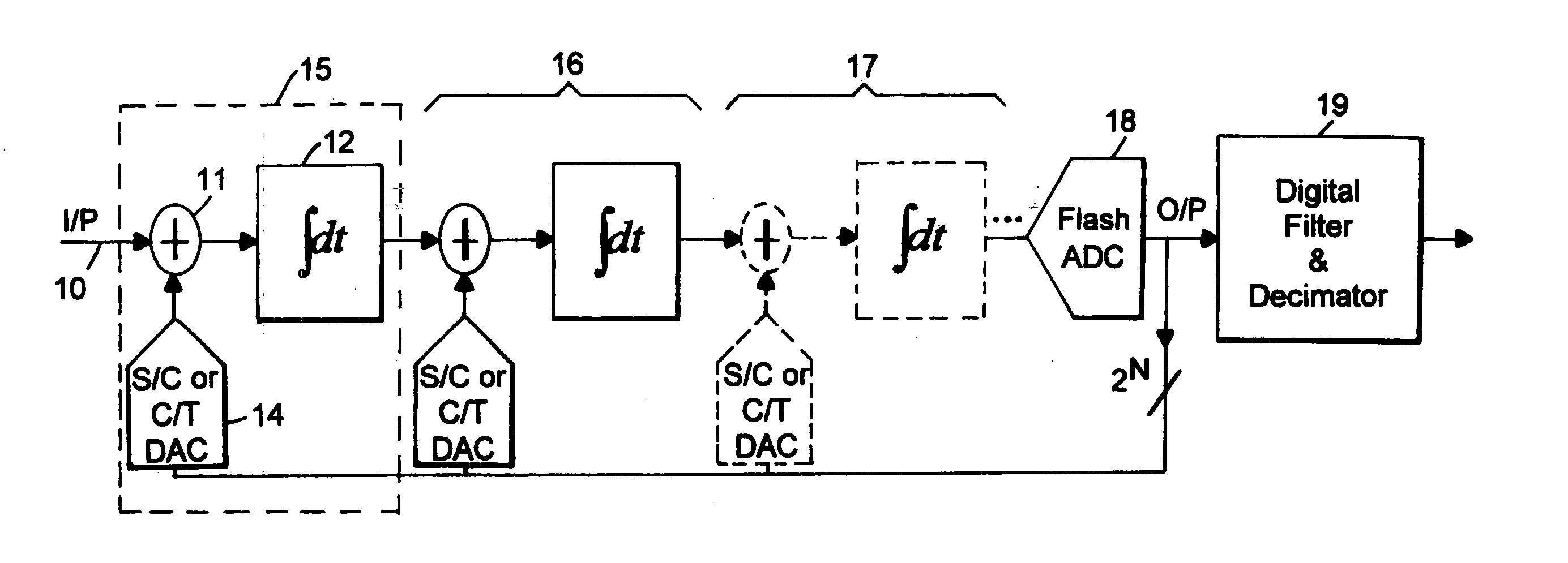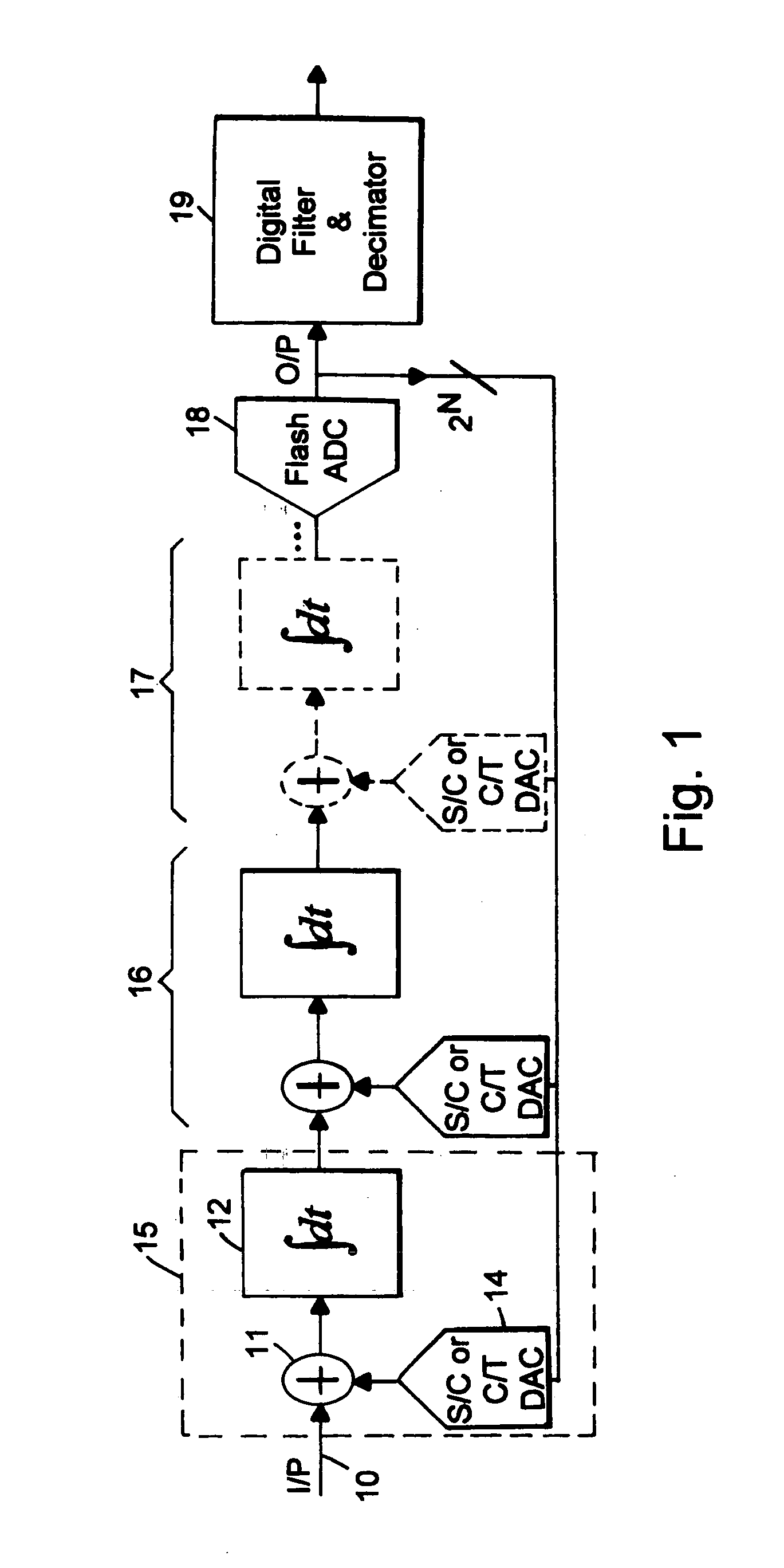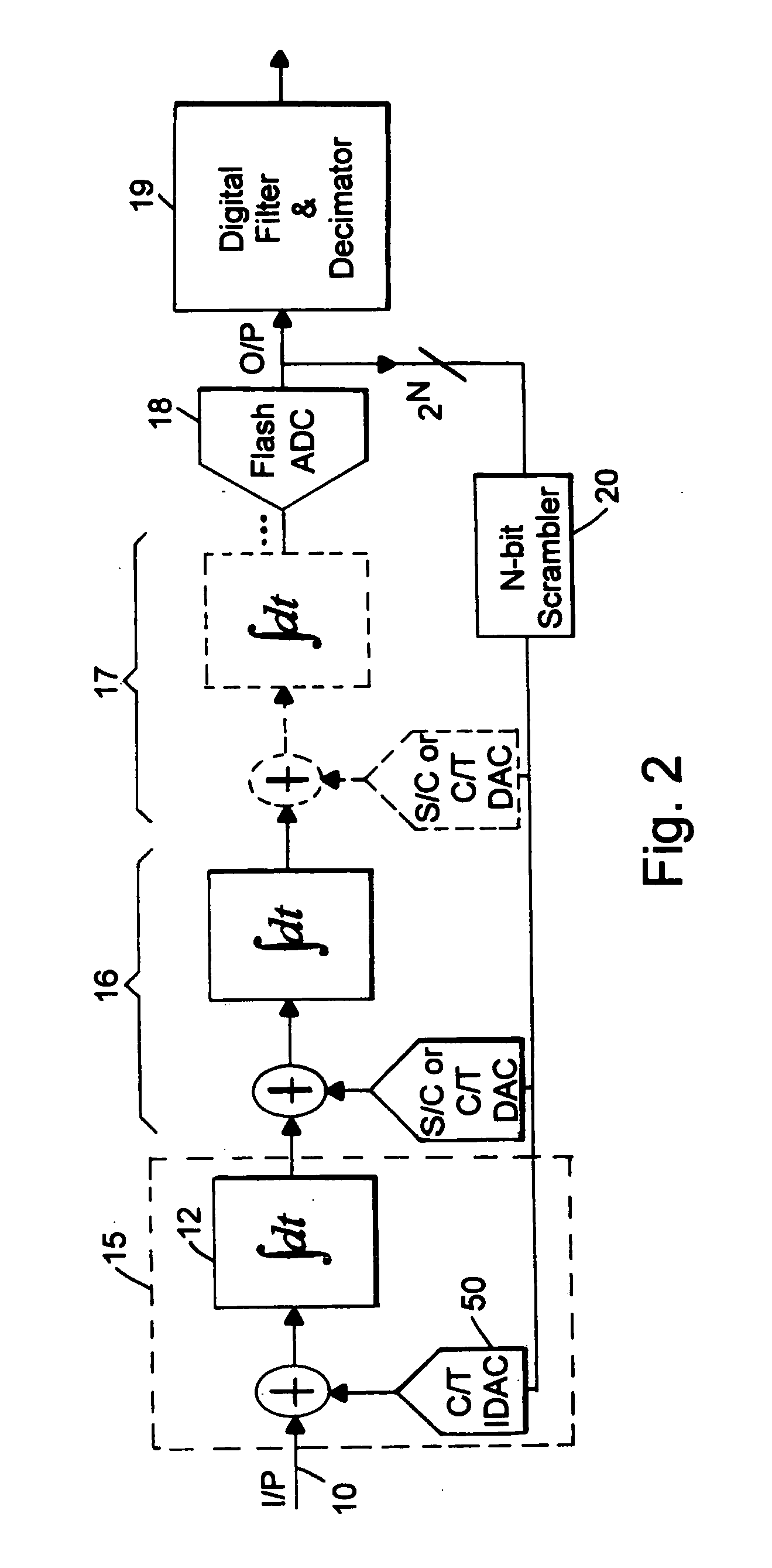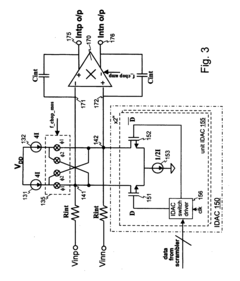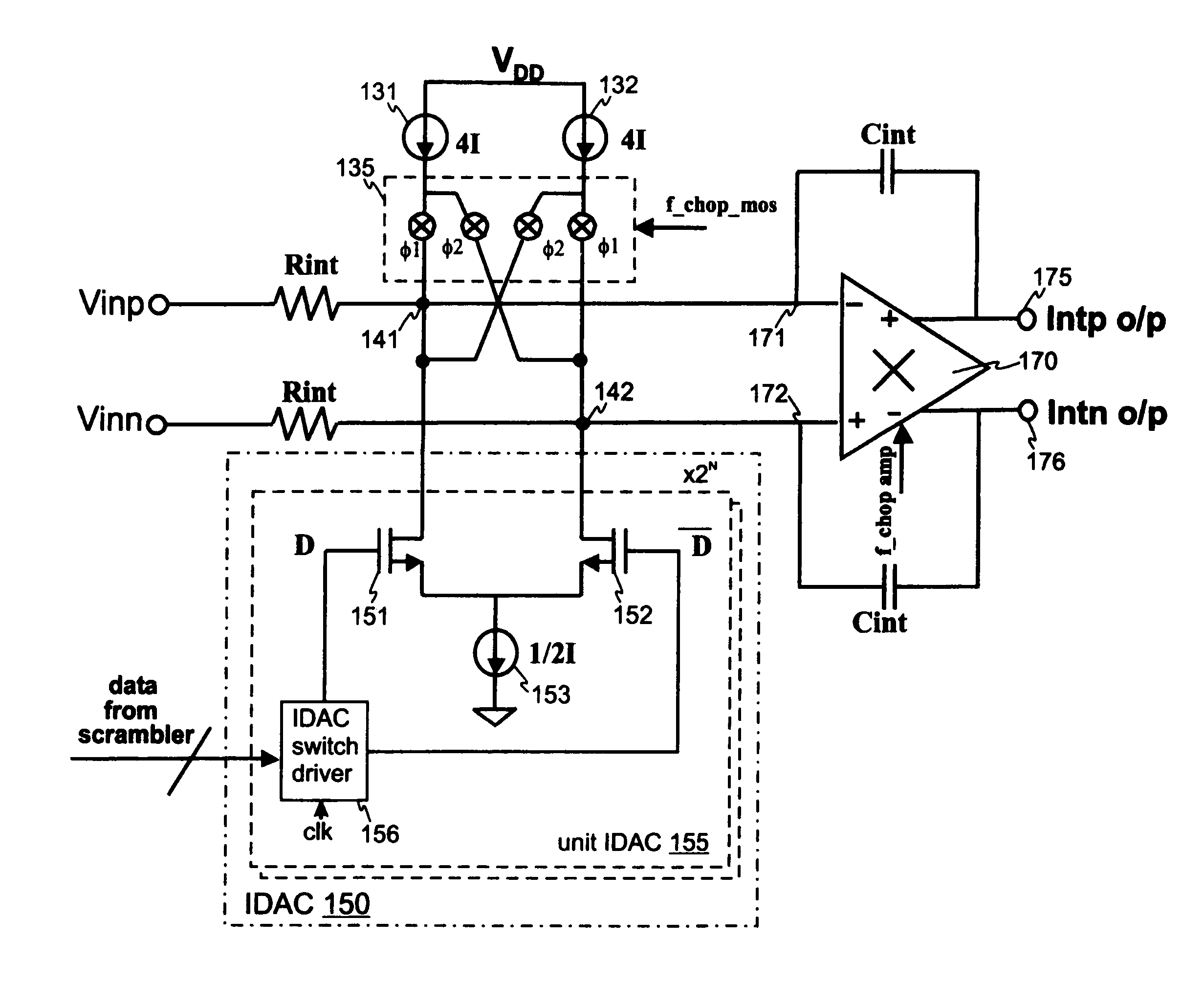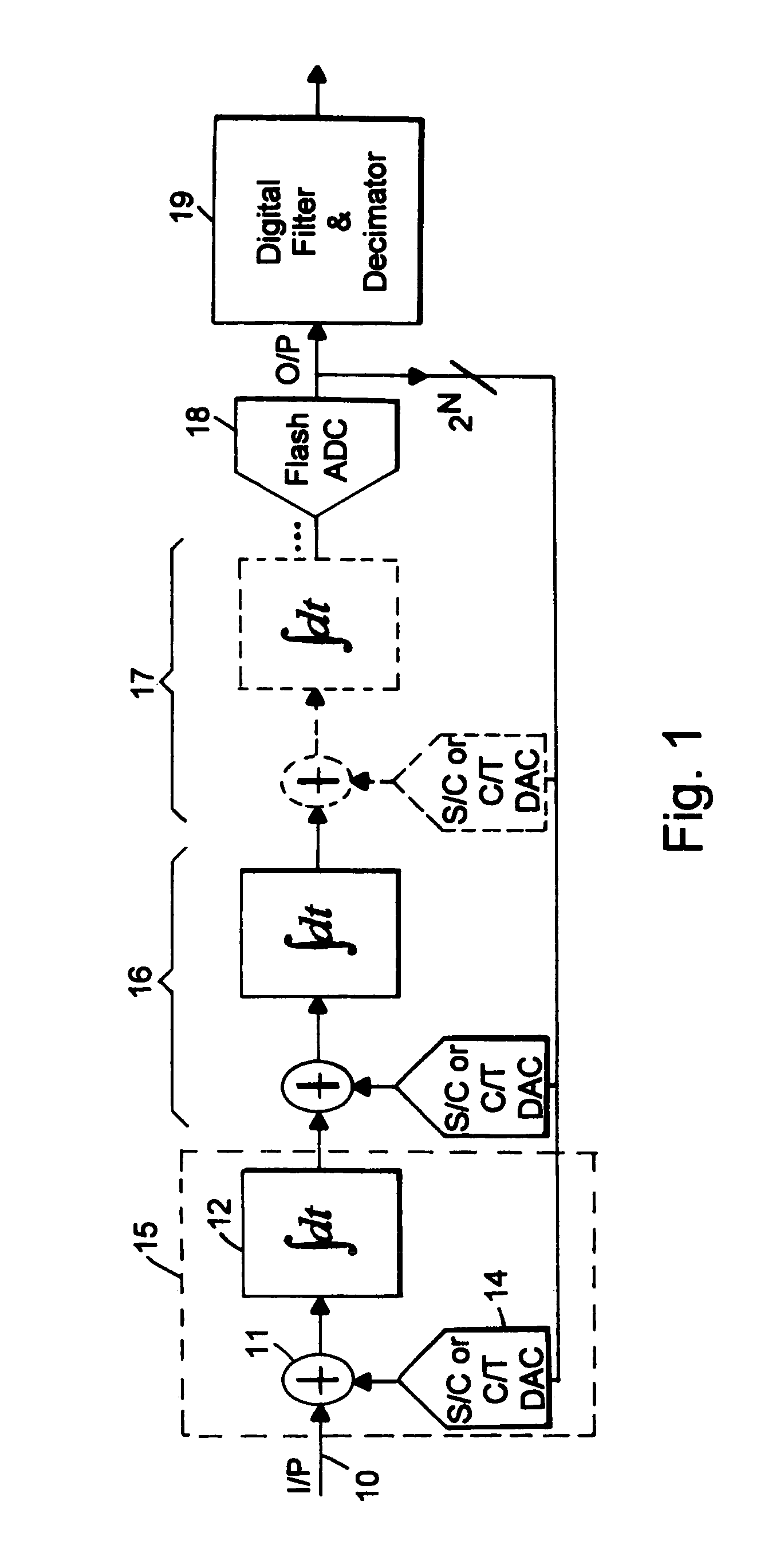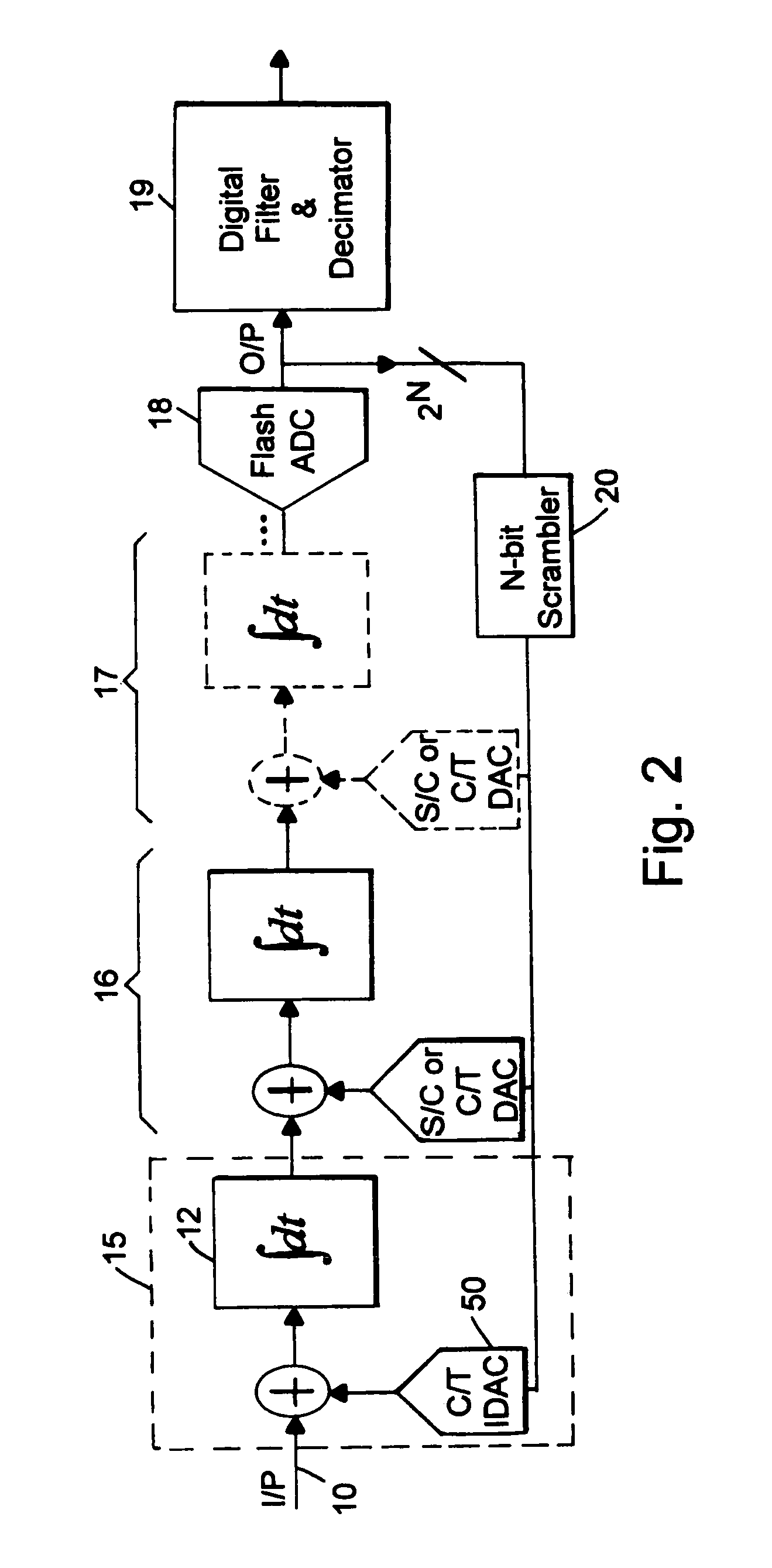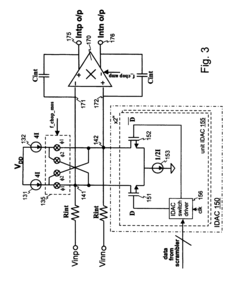How to Implement LDAC in Audio Devices?
JUL 4, 20258 MIN READ
Generate Your Research Report Instantly with AI Agent
Patsnap Eureka helps you evaluate technical feasibility & market potential.
LDAC Technology Overview
LDAC is a cutting-edge audio coding technology developed by Sony Corporation, designed to deliver high-quality wireless audio transmission over Bluetooth connections. This proprietary codec aims to address the limitations of traditional Bluetooth audio codecs by enabling the transmission of high-resolution audio content wirelessly.
The primary objective of LDAC is to maintain audio quality as close to the original source as possible during wireless transmission. It achieves this by supporting a maximum transfer rate of 990 kbps, which is significantly higher than conventional Bluetooth codecs like SBC or AAC. This increased bandwidth allows for the transmission of audio data with minimal compression, resulting in a more faithful reproduction of the original sound.
LDAC employs adaptive bit rate technology, which dynamically adjusts the transmission rate based on the wireless environment and device capabilities. This feature ensures optimal performance across various scenarios, from ideal conditions to challenging environments with potential interference.
One of the key advantages of LDAC is its ability to transmit 24-bit/96 kHz audio content wirelessly. This high-resolution capability is particularly beneficial for audiophiles and music enthusiasts who demand superior sound quality from their wireless audio devices. LDAC's support for a wide range of audio formats, including FLAC, ALAC, and WAV, further enhances its versatility and appeal to audio professionals and enthusiasts alike.
The technology utilizes advanced error correction and concealment techniques to maintain audio quality even in less-than-ideal transmission conditions. This ensures a consistent and reliable listening experience across various environments and usage scenarios.
LDAC's implementation in audio devices requires both hardware and software components. On the hardware side, devices must incorporate compatible Bluetooth chips that support the LDAC codec. Software-wise, the device's operating system and audio processing stack need to be updated to include LDAC encoding and decoding capabilities.
While LDAC offers significant improvements in wireless audio quality, it's important to note that its benefits are only realized when both the transmitting and receiving devices support the technology. This requirement has led to a growing ecosystem of LDAC-compatible devices, including smartphones, digital audio players, wireless headphones, and speakers.
As the demand for high-quality wireless audio continues to grow, LDAC has positioned itself as a leading solution in the market. Its adoption by various manufacturers beyond Sony has further solidified its status as a premium audio codec for discerning listeners and audio professionals alike.
The primary objective of LDAC is to maintain audio quality as close to the original source as possible during wireless transmission. It achieves this by supporting a maximum transfer rate of 990 kbps, which is significantly higher than conventional Bluetooth codecs like SBC or AAC. This increased bandwidth allows for the transmission of audio data with minimal compression, resulting in a more faithful reproduction of the original sound.
LDAC employs adaptive bit rate technology, which dynamically adjusts the transmission rate based on the wireless environment and device capabilities. This feature ensures optimal performance across various scenarios, from ideal conditions to challenging environments with potential interference.
One of the key advantages of LDAC is its ability to transmit 24-bit/96 kHz audio content wirelessly. This high-resolution capability is particularly beneficial for audiophiles and music enthusiasts who demand superior sound quality from their wireless audio devices. LDAC's support for a wide range of audio formats, including FLAC, ALAC, and WAV, further enhances its versatility and appeal to audio professionals and enthusiasts alike.
The technology utilizes advanced error correction and concealment techniques to maintain audio quality even in less-than-ideal transmission conditions. This ensures a consistent and reliable listening experience across various environments and usage scenarios.
LDAC's implementation in audio devices requires both hardware and software components. On the hardware side, devices must incorporate compatible Bluetooth chips that support the LDAC codec. Software-wise, the device's operating system and audio processing stack need to be updated to include LDAC encoding and decoding capabilities.
While LDAC offers significant improvements in wireless audio quality, it's important to note that its benefits are only realized when both the transmitting and receiving devices support the technology. This requirement has led to a growing ecosystem of LDAC-compatible devices, including smartphones, digital audio players, wireless headphones, and speakers.
As the demand for high-quality wireless audio continues to grow, LDAC has positioned itself as a leading solution in the market. Its adoption by various manufacturers beyond Sony has further solidified its status as a premium audio codec for discerning listeners and audio professionals alike.
Audio Market Trends
The audio market has been experiencing significant growth and transformation in recent years, driven by technological advancements and changing consumer preferences. The global audio devices market is projected to reach substantial value by 2025, with a compound annual growth rate (CAGR) exceeding industry averages. This growth is primarily fueled by the increasing demand for wireless and smart audio devices, as well as the rising popularity of high-resolution audio formats.
One of the key trends shaping the audio market is the shift towards wireless technology. Bluetooth-enabled devices, including headphones, speakers, and earbuds, have seen a surge in popularity due to their convenience and improved audio quality. This trend has been further accelerated by the removal of headphone jacks from many smartphone models, pushing consumers towards wireless alternatives.
Another significant trend is the growing demand for high-resolution audio. Consumers are increasingly seeking audio devices that can deliver superior sound quality, driving the adoption of advanced audio codecs like LDAC. This trend is particularly evident in the premium segment of the market, where audiophiles and music enthusiasts are willing to invest in high-end audio equipment that can reproduce sound with greater fidelity.
The rise of smart speakers and voice-controlled devices has also had a substantial impact on the audio market. These devices, which integrate artificial intelligence and voice recognition technology, have created new use cases for audio products and are rapidly gaining traction in homes and offices worldwide.
In the professional audio segment, there is a growing demand for advanced audio solutions in various industries, including broadcasting, live events, and recording studios. This has led to the development of more sophisticated audio equipment that can deliver high-quality sound in diverse environments.
The COVID-19 pandemic has further influenced audio market trends, with an increased focus on home entertainment and remote work solutions. This has boosted sales of headphones, soundbars, and other audio devices that enhance the at-home audio experience.
Looking ahead, the audio market is expected to continue evolving, with emerging technologies like spatial audio and bone conduction gaining traction. The integration of audio devices with other smart home technologies and the development of more energy-efficient audio solutions are also anticipated to shape future market trends.
One of the key trends shaping the audio market is the shift towards wireless technology. Bluetooth-enabled devices, including headphones, speakers, and earbuds, have seen a surge in popularity due to their convenience and improved audio quality. This trend has been further accelerated by the removal of headphone jacks from many smartphone models, pushing consumers towards wireless alternatives.
Another significant trend is the growing demand for high-resolution audio. Consumers are increasingly seeking audio devices that can deliver superior sound quality, driving the adoption of advanced audio codecs like LDAC. This trend is particularly evident in the premium segment of the market, where audiophiles and music enthusiasts are willing to invest in high-end audio equipment that can reproduce sound with greater fidelity.
The rise of smart speakers and voice-controlled devices has also had a substantial impact on the audio market. These devices, which integrate artificial intelligence and voice recognition technology, have created new use cases for audio products and are rapidly gaining traction in homes and offices worldwide.
In the professional audio segment, there is a growing demand for advanced audio solutions in various industries, including broadcasting, live events, and recording studios. This has led to the development of more sophisticated audio equipment that can deliver high-quality sound in diverse environments.
The COVID-19 pandemic has further influenced audio market trends, with an increased focus on home entertainment and remote work solutions. This has boosted sales of headphones, soundbars, and other audio devices that enhance the at-home audio experience.
Looking ahead, the audio market is expected to continue evolving, with emerging technologies like spatial audio and bone conduction gaining traction. The integration of audio devices with other smart home technologies and the development of more energy-efficient audio solutions are also anticipated to shape future market trends.
LDAC Implementation Challenges
Implementing LDAC in audio devices presents several significant challenges that developers and manufacturers must overcome. One of the primary obstacles is the high computational requirements of the LDAC codec. The complex algorithms used for encoding and decoding audio streams demand substantial processing power, which can strain the resources of portable devices with limited hardware capabilities.
Power consumption is another critical concern when implementing LDAC. The intensive processing required for real-time encoding and decoding can lead to increased battery drain, potentially reducing the overall battery life of audio devices. This challenge is particularly pronounced in wireless earbuds and headphones, where battery capacity is already constrained by size limitations.
Latency management poses a significant hurdle in LDAC implementation. The codec's high-quality audio transmission necessitates careful optimization to minimize delays between audio input and output. This is crucial for maintaining synchronization in applications such as video playback or gaming, where audio-visual alignment is essential for a seamless user experience.
Compatibility issues also arise when integrating LDAC into diverse audio ecosystems. Ensuring seamless interoperability with various devices, operating systems, and existing Bluetooth protocols requires extensive testing and fine-tuning. Developers must navigate the complexities of supporting multiple codec options while prioritizing LDAC when available.
Hardware integration presents another set of challenges. Implementing LDAC often requires specialized chipsets or dedicated hardware accelerators to achieve optimal performance. This can increase manufacturing costs and complexity, particularly for smaller audio device manufacturers with limited resources.
Firmware development and maintenance for LDAC-enabled devices demand ongoing attention. Regular updates are necessary to address bugs, improve performance, and ensure compatibility with evolving Bluetooth standards and device ecosystems. This continuous development cycle can strain resources and prolong time-to-market for new products.
Lastly, licensing and certification processes add another layer of complexity to LDAC implementation. Manufacturers must navigate Sony's licensing requirements and undergo certification to ensure their devices meet the necessary quality standards for LDAC support. This process can be time-consuming and potentially costly, especially for smaller companies entering the market.
Power consumption is another critical concern when implementing LDAC. The intensive processing required for real-time encoding and decoding can lead to increased battery drain, potentially reducing the overall battery life of audio devices. This challenge is particularly pronounced in wireless earbuds and headphones, where battery capacity is already constrained by size limitations.
Latency management poses a significant hurdle in LDAC implementation. The codec's high-quality audio transmission necessitates careful optimization to minimize delays between audio input and output. This is crucial for maintaining synchronization in applications such as video playback or gaming, where audio-visual alignment is essential for a seamless user experience.
Compatibility issues also arise when integrating LDAC into diverse audio ecosystems. Ensuring seamless interoperability with various devices, operating systems, and existing Bluetooth protocols requires extensive testing and fine-tuning. Developers must navigate the complexities of supporting multiple codec options while prioritizing LDAC when available.
Hardware integration presents another set of challenges. Implementing LDAC often requires specialized chipsets or dedicated hardware accelerators to achieve optimal performance. This can increase manufacturing costs and complexity, particularly for smaller audio device manufacturers with limited resources.
Firmware development and maintenance for LDAC-enabled devices demand ongoing attention. Regular updates are necessary to address bugs, improve performance, and ensure compatibility with evolving Bluetooth standards and device ecosystems. This continuous development cycle can strain resources and prolong time-to-market for new products.
Lastly, licensing and certification processes add another layer of complexity to LDAC implementation. Manufacturers must navigate Sony's licensing requirements and undergo certification to ensure their devices meet the necessary quality standards for LDAC support. This process can be time-consuming and potentially costly, especially for smaller companies entering the market.
Current LDAC Integration Methods
01 LDAC audio codec implementation
LDAC is a high-quality audio codec developed for Bluetooth audio transmission. It allows for higher bitrates and better audio quality compared to standard codecs. Implementation of LDAC in audio devices can significantly improve wireless audio performance.- Audio codec technology: LDAC is an advanced audio codec technology designed for high-quality wireless audio transmission. It offers higher bitrates and improved sound quality compared to standard Bluetooth codecs, allowing for near-lossless audio streaming over Bluetooth connections.
- Wireless audio transmission systems: LDAC is implemented in various wireless audio transmission systems, including headphones, speakers, and other audio devices. These systems utilize LDAC to provide enhanced audio quality and efficient data transfer over Bluetooth connections.
- Integration with mobile devices: LDAC technology is integrated into mobile devices such as smartphones and tablets. This integration allows for seamless high-quality audio streaming from these devices to compatible LDAC-enabled audio equipment.
- Audio processing algorithms: LDAC employs advanced audio processing algorithms to optimize audio quality and efficiency. These algorithms include adaptive bit rate allocation, psychoacoustic modeling, and dynamic range control to ensure the best possible audio experience.
- Compatibility with audio standards: LDAC is designed to be compatible with various audio standards and formats. This compatibility ensures that LDAC can be widely adopted across different audio devices and platforms, providing a consistent high-quality audio experience.
02 LDAC integration in wireless audio systems
Integration of LDAC technology into various wireless audio systems, including headphones, speakers, and car audio systems. This integration enables high-resolution audio streaming over Bluetooth connections, enhancing the overall listening experience.Expand Specific Solutions03 LDAC compatibility with mobile devices
Development of LDAC compatibility for mobile devices, including smartphones and tablets. This allows users to take advantage of high-quality audio streaming from their portable devices to LDAC-enabled audio equipment.Expand Specific Solutions04 LDAC in multi-room audio systems
Application of LDAC technology in multi-room audio setups, enabling high-quality audio synchronization across multiple speakers or devices. This allows for seamless audio distribution throughout a home or commercial space while maintaining superior sound quality.Expand Specific Solutions05 LDAC optimization for power efficiency
Techniques for optimizing LDAC codec implementation to improve power efficiency in battery-operated devices. This includes adaptive bitrate adjustment and power management strategies to balance audio quality with battery life in wireless audio devices.Expand Specific Solutions
Key LDAC Technology Players
The implementation of LDAC in audio devices is currently in a growth phase, with the market expanding as more manufacturers adopt this high-quality Bluetooth audio codec. The technology's maturity is advancing, driven by key players like Sony, the original developer of LDAC, and other major audio companies. Cirrus Logic, Analog Devices, and Qualcomm are actively developing compatible chipsets, while consumer electronics giants such as Samsung, Apple, and MediaTek are integrating LDAC support into their devices. The market size is growing steadily, fueled by increasing demand for high-resolution wireless audio in smartphones, headphones, and home audio systems.
Samsung Electronics Co., Ltd.
Technical Solution: Samsung has integrated LDAC support into their Galaxy series smartphones and wearables. Their implementation focuses on providing a seamless high-quality audio experience within their ecosystem. Samsung's approach includes optimizing LDAC for their Exynos chipsets, ensuring efficient encoding and decoding[8]. They have also developed a feature called "Bluetooth Dual Audio" which allows streaming to two LDAC-compatible devices simultaneously, enhancing the versatility of the codec[9]. Samsung's implementation includes adaptive bit rate control, which adjusts the audio quality based on the wireless connection strength to maintain a stable connection.
Strengths: Ecosystem integration, dual device streaming capability. Weaknesses: Optimal performance limited to Samsung devices.
Apple, Inc.
Technical Solution: Apple has not implemented LDAC in their audio devices, instead focusing on their own AAC codec and more recently, their proprietary Lossless Audio Codec.
Not applicable as LDAC is not implemented.
LDAC Core Algorithms
Differential front-end continuous-time sigma-delta ADC using chopper stabilisation
PatentActiveUS20060139192A1
Innovation
- A multi-bit continuous-time sigma-delta ADC with a front-end integrator stage and a multi-bit feedback current digital-to-analog converter (IDAC) that incorporates chopping switches and a scrambler to reduce flicker noise, allowing for smaller device areas and improved noise performance, and a chopper-stabilized integrator amplifier to mitigate clock jitter sensitivity.
Differential front-end continuous-time sigma-delta ADC using chopper stabilization
PatentActiveUS7193545B2
Innovation
- A multi-bit continuous-time sigma-delta ADC with a front-end integrator stage that includes chopping switches and a scrambler to modulate flicker noise, reducing the device area and improving noise performance, and a two-stage chopper-stabilized amplifier to enhance noise immunity.
LDAC Certification Process
The LDAC certification process is a crucial step for audio device manufacturers seeking to implement Sony's high-quality wireless audio codec. This process ensures that devices meet the stringent requirements for LDAC compatibility and performance.
To initiate the certification process, manufacturers must first become members of the Sony LDAC Licensing Program. This involves signing a licensing agreement and paying the associated fees. Once registered, manufacturers gain access to the LDAC software development kit (SDK) and technical documentation.
The next phase involves integrating the LDAC codec into the audio device's hardware and software. This requires careful implementation of the LDAC encoding and decoding algorithms, as well as adherence to Sony's technical specifications. Manufacturers must ensure that their devices can support the full range of LDAC transmission rates, including 330 kbps, 660 kbps, and 990 kbps.
Following implementation, devices undergo rigorous testing to verify LDAC functionality and performance. This includes evaluating audio quality, latency, power consumption, and compatibility with various LDAC-enabled source devices. Manufacturers must conduct internal testing using Sony's provided test tools and guidelines.
Once internal testing is complete, devices are submitted to Sony for official certification testing. Sony's engineers perform a comprehensive evaluation of the device's LDAC implementation, including both objective measurements and subjective listening tests. This process typically takes several weeks to complete.
If a device passes all certification tests, Sony issues an official LDAC certification. This allows manufacturers to use the LDAC logo on their products and marketing materials. Certified devices are also added to Sony's list of LDAC-compatible products, enhancing their visibility in the market.
It's important to note that the certification process may require multiple iterations. If issues are identified during testing, manufacturers must address them and resubmit the device for evaluation. This iterative process ensures that only high-quality LDAC implementations reach the market.
Ongoing compliance is also a key aspect of LDAC certification. Manufacturers must maintain the quality and performance of their LDAC implementation through firmware updates and quality control measures. Sony may conduct periodic audits or request re-certification for significant product revisions.
To initiate the certification process, manufacturers must first become members of the Sony LDAC Licensing Program. This involves signing a licensing agreement and paying the associated fees. Once registered, manufacturers gain access to the LDAC software development kit (SDK) and technical documentation.
The next phase involves integrating the LDAC codec into the audio device's hardware and software. This requires careful implementation of the LDAC encoding and decoding algorithms, as well as adherence to Sony's technical specifications. Manufacturers must ensure that their devices can support the full range of LDAC transmission rates, including 330 kbps, 660 kbps, and 990 kbps.
Following implementation, devices undergo rigorous testing to verify LDAC functionality and performance. This includes evaluating audio quality, latency, power consumption, and compatibility with various LDAC-enabled source devices. Manufacturers must conduct internal testing using Sony's provided test tools and guidelines.
Once internal testing is complete, devices are submitted to Sony for official certification testing. Sony's engineers perform a comprehensive evaluation of the device's LDAC implementation, including both objective measurements and subjective listening tests. This process typically takes several weeks to complete.
If a device passes all certification tests, Sony issues an official LDAC certification. This allows manufacturers to use the LDAC logo on their products and marketing materials. Certified devices are also added to Sony's list of LDAC-compatible products, enhancing their visibility in the market.
It's important to note that the certification process may require multiple iterations. If issues are identified during testing, manufacturers must address them and resubmit the device for evaluation. This iterative process ensures that only high-quality LDAC implementations reach the market.
Ongoing compliance is also a key aspect of LDAC certification. Manufacturers must maintain the quality and performance of their LDAC implementation through firmware updates and quality control measures. Sony may conduct periodic audits or request re-certification for significant product revisions.
LDAC Power Efficiency
LDAC power efficiency is a critical aspect of implementing this high-resolution audio codec in portable devices. The codec's design prioritizes audio quality while maintaining reasonable power consumption, making it suitable for battery-powered devices like smartphones and wireless headphones.
LDAC employs several techniques to optimize power efficiency. One key approach is adaptive bit rate selection, which allows the codec to adjust its data rate based on wireless connection quality and device capabilities. This flexibility enables LDAC to balance audio quality and power consumption dynamically, ensuring optimal performance across various usage scenarios.
The codec's efficient compression algorithms play a crucial role in reducing power consumption. By minimizing the amount of data that needs to be transmitted, LDAC reduces the workload on both the transmitting and receiving devices' processors. This results in lower power draw during encoding and decoding processes, contributing to extended battery life.
LDAC's implementation also considers the power requirements of wireless transmission. The codec is designed to work efficiently with Bluetooth, leveraging the latest Bluetooth Low Energy (BLE) features when available. This integration helps minimize the power consumed during data transfer, further enhancing overall energy efficiency.
Device manufacturers can optimize LDAC's power efficiency through hardware acceleration. By implementing dedicated hardware for LDAC encoding and decoding, devices can offload processing from the main CPU, reducing power consumption and heat generation. This approach is particularly beneficial for high-end audio devices that prioritize both sound quality and battery life.
Power management techniques specific to LDAC implementation can further improve efficiency. These may include intelligent power scaling based on audio content complexity, selective processing of audio channels, and optimized buffer management to reduce unnecessary data processing and transmission.
When implementing LDAC in audio devices, developers should consider the trade-offs between audio quality and power consumption. While LDAC offers multiple quality settings, choosing lower bitrates in certain scenarios can significantly reduce power usage without severely impacting perceived audio quality. This flexibility allows device manufacturers to tailor the LDAC implementation to their specific product requirements and target audience.
LDAC employs several techniques to optimize power efficiency. One key approach is adaptive bit rate selection, which allows the codec to adjust its data rate based on wireless connection quality and device capabilities. This flexibility enables LDAC to balance audio quality and power consumption dynamically, ensuring optimal performance across various usage scenarios.
The codec's efficient compression algorithms play a crucial role in reducing power consumption. By minimizing the amount of data that needs to be transmitted, LDAC reduces the workload on both the transmitting and receiving devices' processors. This results in lower power draw during encoding and decoding processes, contributing to extended battery life.
LDAC's implementation also considers the power requirements of wireless transmission. The codec is designed to work efficiently with Bluetooth, leveraging the latest Bluetooth Low Energy (BLE) features when available. This integration helps minimize the power consumed during data transfer, further enhancing overall energy efficiency.
Device manufacturers can optimize LDAC's power efficiency through hardware acceleration. By implementing dedicated hardware for LDAC encoding and decoding, devices can offload processing from the main CPU, reducing power consumption and heat generation. This approach is particularly beneficial for high-end audio devices that prioritize both sound quality and battery life.
Power management techniques specific to LDAC implementation can further improve efficiency. These may include intelligent power scaling based on audio content complexity, selective processing of audio channels, and optimized buffer management to reduce unnecessary data processing and transmission.
When implementing LDAC in audio devices, developers should consider the trade-offs between audio quality and power consumption. While LDAC offers multiple quality settings, choosing lower bitrates in certain scenarios can significantly reduce power usage without severely impacting perceived audio quality. This flexibility allows device manufacturers to tailor the LDAC implementation to their specific product requirements and target audience.
Unlock deeper insights with Patsnap Eureka Quick Research — get a full tech report to explore trends and direct your research. Try now!
Generate Your Research Report Instantly with AI Agent
Supercharge your innovation with Patsnap Eureka AI Agent Platform!
